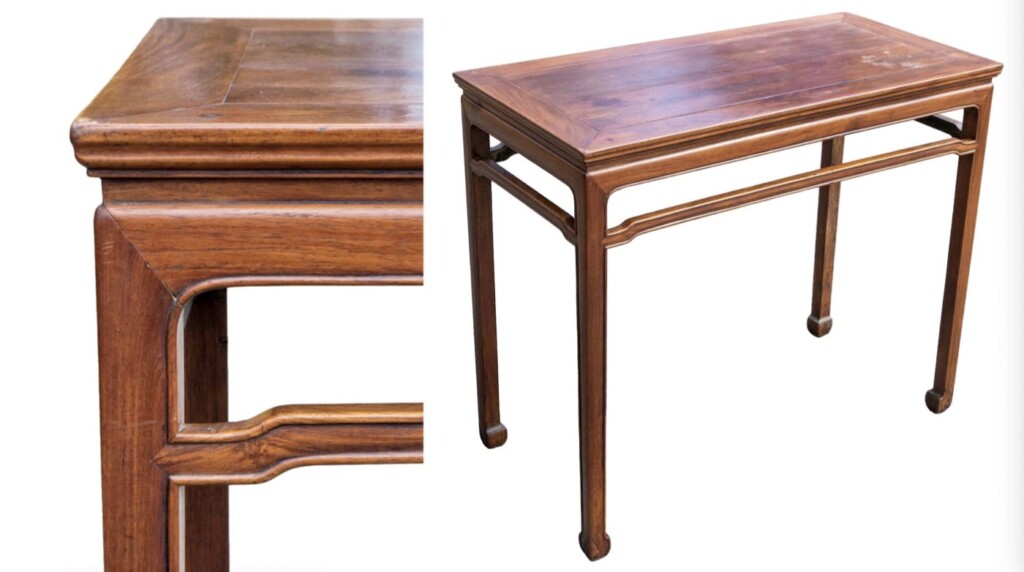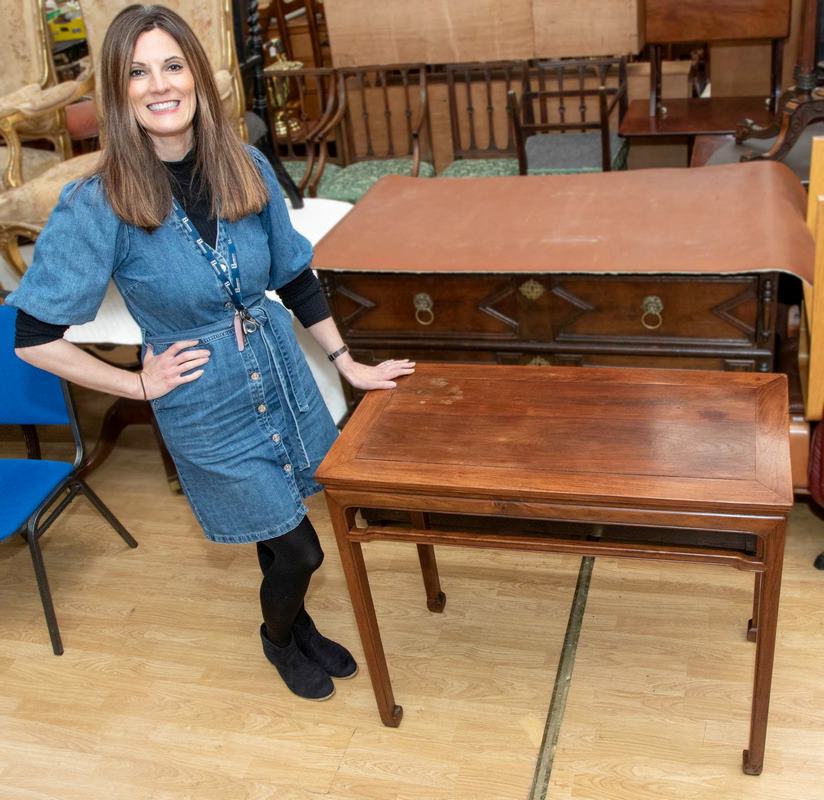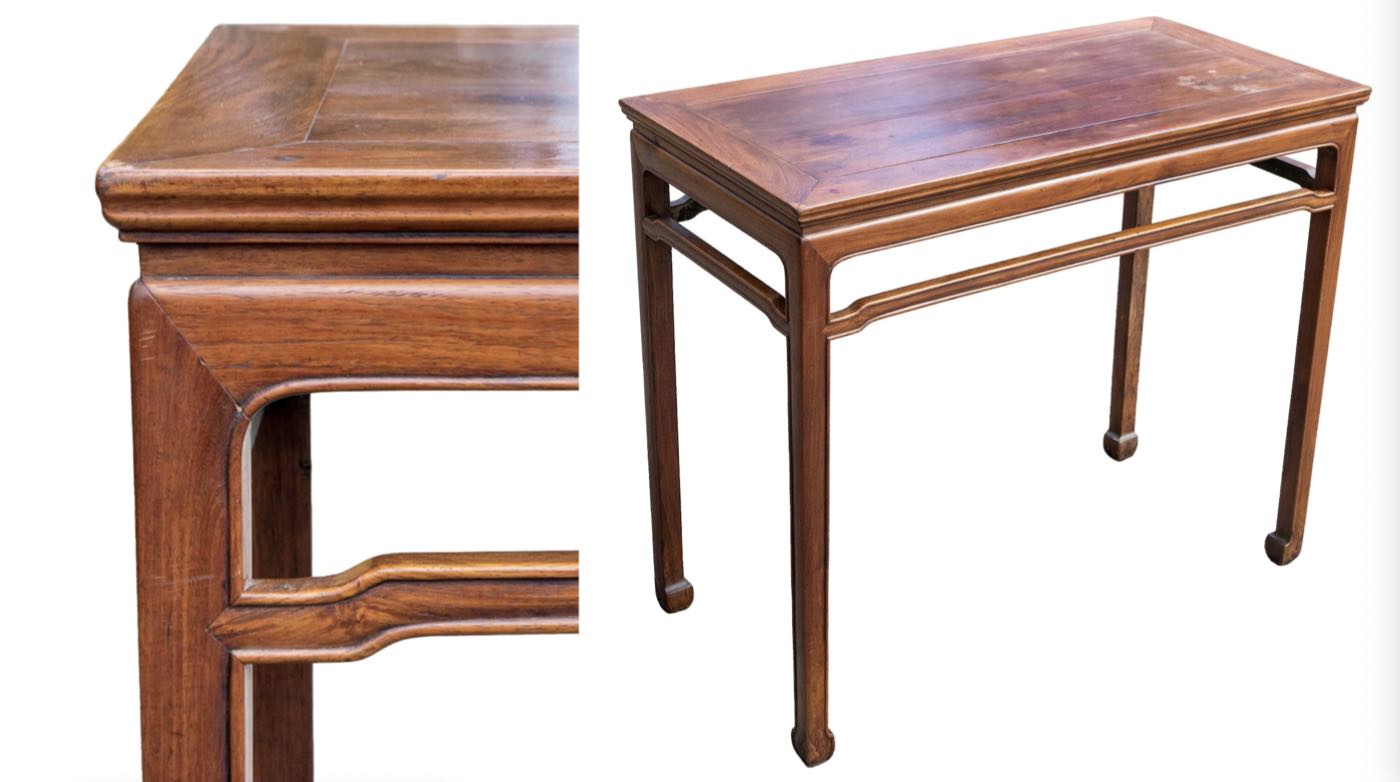
While modest, this simple table has a special secret—the artisans who crafted it lived more than 400 years ago.
The rare rosewood table, standing 31 inches (79cm) tall was made around 1,600CE during the Ming Dynasty. Known colloquially for their vases and porcelain, there was nothing the Ming Dynasty artisans couldn’t craft.
British Auctioneer, antiquities expert, and occasional television presenter Charles Hanson discovered the remarkable piece in a country home in Derby.
Reports place its value at between $70,000 and $100,000 but is likely to spark a bidding war at Hanson’s Auctioneers in October.
“Hanson’s Asian works of art consultant Adam Schoon has dated the table to around 1,600,” said Hanson, referring to the piece as a Banzhou side table. “To put that into historical context, that was the end of the Tudor period in England and Wales.”
“It is a work of art. It was crafted during the Ming Dynasty period which dates back to 1,368 – 1,644. Its simplicity defines modern style.”
Mr. Schoon was able to give Hanson a rich background in the use of the table, which thanks in no small part to the Chinese civilization’s immaculate record keeping, will give any potential bidders the complete history of its use.
Made of fine huanghuali wood, the unique floating panel construction is supported by three dovetail transverse stretchers underneath.
“Items like this are mentioned in 16th-century Chinese novels about life in grand houses. Its design has been seen in wall murals relating to the Jinyuan Dynasties [sic] of 1,115-1,368,” said Hanson, referring to the two dynasties preceding the Ming.
“Banzhuo literally means ‘half table’ and is so-called for its size, which is half that of an ‘eight immortals table,'” he continued. “The banzhuo was mainly used for serving wine and food and is also sometimes referred to as a jiezhuo, meaning extension table.”

“The simplicity of its construction is impressive too. It has mortise and tenon joints, which have been used by woodworkers around the world for thousands of years.”
The sellers inherited it from a relative who was an avid collector of Asian artifacts and was genuine ‘head-over-heels for anything Asian.’
Emperor Longqing lifted a ban on maritime trade which allowed huanghuali, a tropical hardwood, to be imported from Southeast Asia.
Due to the wood coming from slow-growing, small trees, the availability of furniture made from it is extremely rare.
“The wood itself is a thing of beauty. Its dense, beautifully-figured grain displays a broad range of colors from pale honey to rich mahogany,” Hanson continued. “It polishes to a translucent golden sheen. The finest huanghuali has a translucent shimmering surface with abstract patterns.”
“Today huanghuali furniture is in demand at auction. It appeals to wealthy collectors from the Far East due to its elegance and historical significance because they’re keen to repatriate works of art to their homeland to celebrate and honor their culture.”
SHARE This Story With Any Antique Hunters You Know…




















